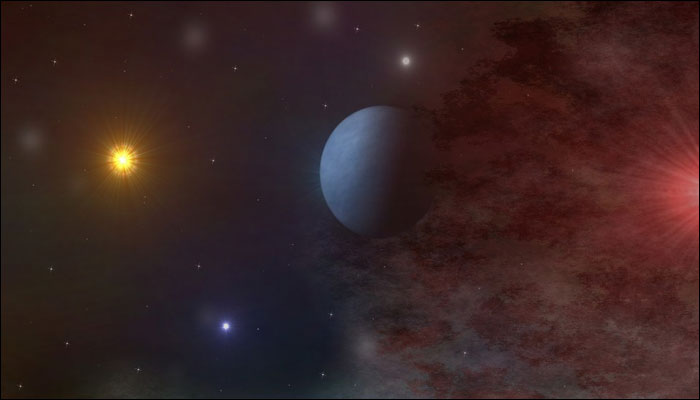Washington: Citizen scientists have discovered nearly five exoplanets planets outside our solar system that orbit a star using data from NASA’s Kepler space telescope.
The discovery is through a project called Exoplanet Explorers, which part of the Zooniverse online platform — a citizen’s science web portal.
The project also featured on a programme called Stargazing Live on the Australia Broadcasting Corporation (ABC).
“People anywhere can log on and learn what real signals from exoplanets look like, and then look through actual data collected from the Kepler telescope to vote on whether or not to classify a given signal as a transit, or just noise,” said Jessie Christiansen, scientist at the California Institute of Technology (Caltech).
“We have each potential transit signal looked at by a minimum of 10 people, and each needs a minimum of 90 per cent of ‘yes’ votes to be considered for further characterisation,” Christiansen added.
The researchers announced the discovery of a four-planet system, named as K2-138, where the central star is slightly smaller and cooler than our sun.
The system had 44 Jupiter-sized planets, 72 Neptune-sized, 44 Earth-sized, and 53 so-called Super Earth’s, which are larger than Earth but smaller than Neptune.
The researchers also found that the planets are orbiting in an interesting mathematical relationship called a resonance, in which each planet takes almost exactly 50 per cent longer to orbit the star than the next planet further in.
This is the only system with a chain of unbroken resonances in this configuration, and may provide clues to theorists looking to unlock the mysteries of planet formation and migration.
However, the researchers, writing in the paper published in The Astronomical Journal, noted that they found a fifth planet on the same chain of resonances, and hinted of a sixth planet as well.
The five known planets are all between the size of Earth and Neptune; planet b may potentially be rocky but planets c, d, e, and f likely contain large amounts of ice and gas.
All five planets have orbital periods shorter than 13 days and are all incredibly hot, ranging from 800 to 1800 degrees Fahrenheit, the researchers said.
IANS

